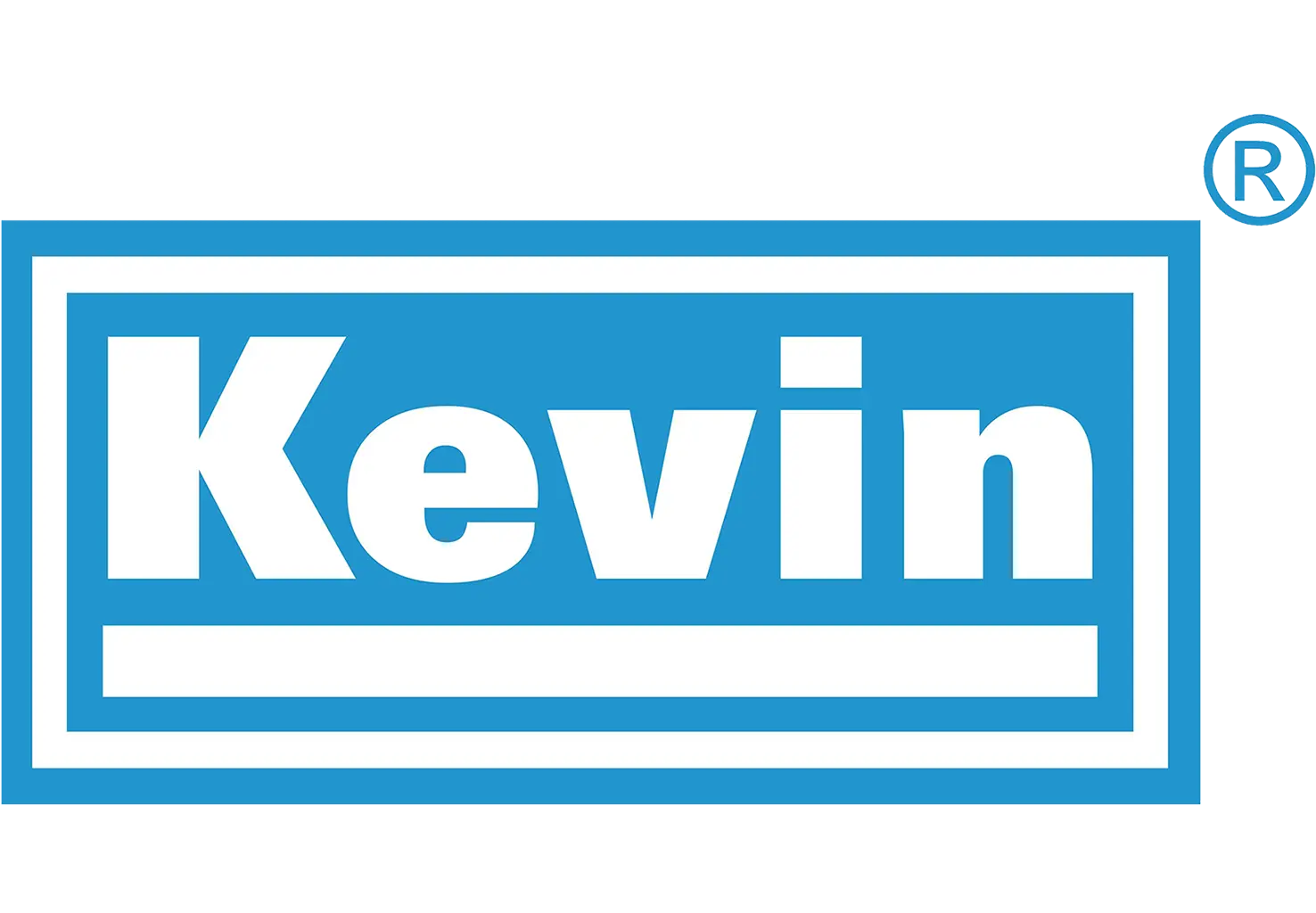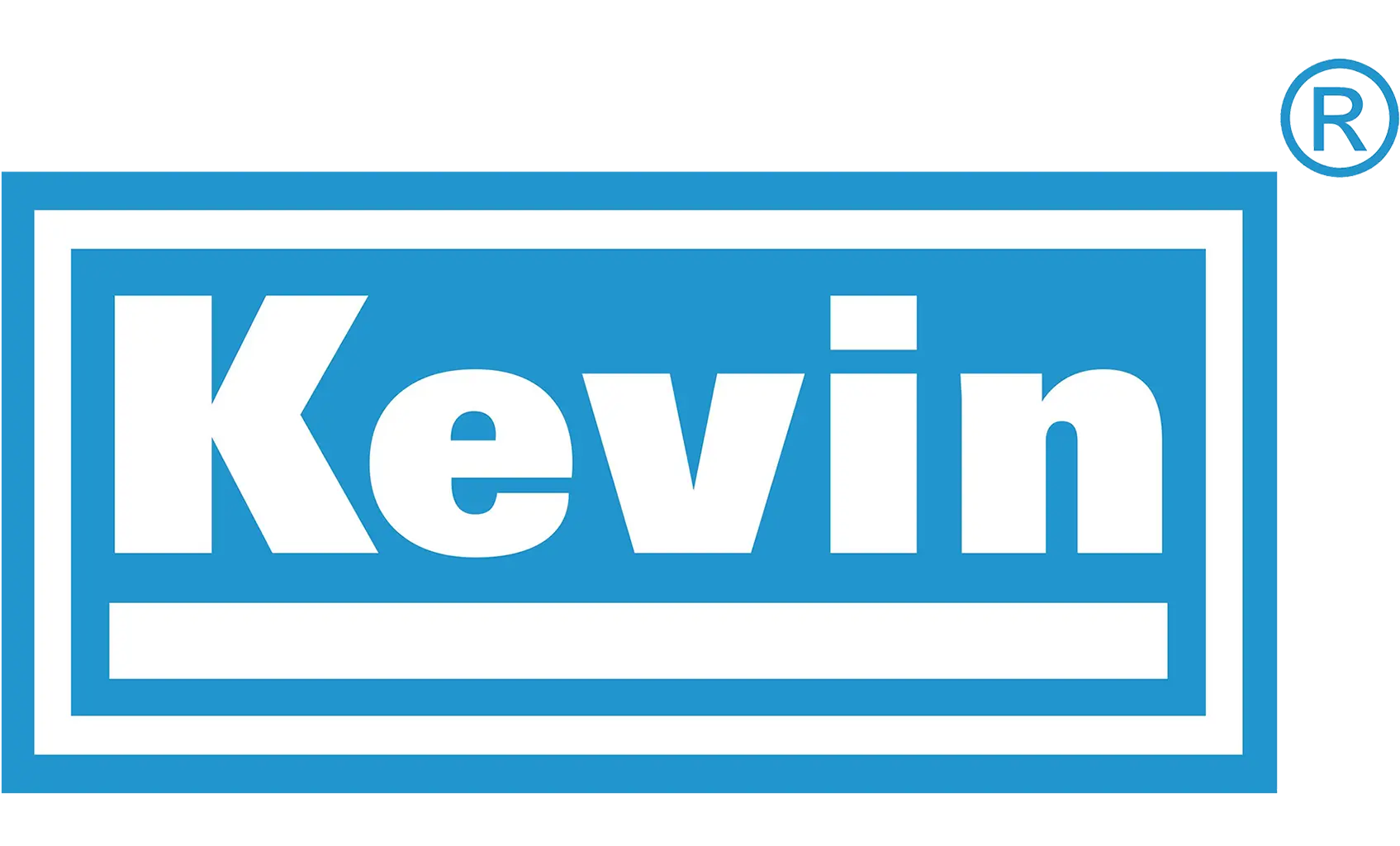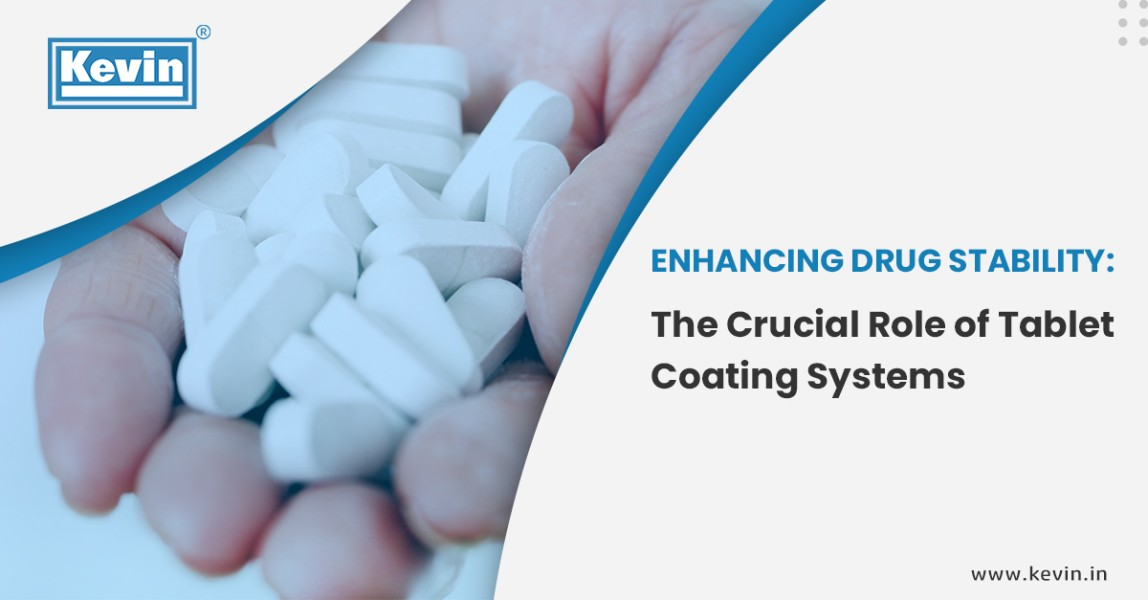Introduction
In the dynamic world of pharmaceuticals, maintaining drug stability is paramount to ensure the potency, efficacy, and quality of medications. Tablet coating systems have emerged as a pivotal technology, revolutionizing the field by enhancing the stability of drugs. By applying protective coatings to tablets, these systems serve as a vital safeguard, shielding the active pharmaceutical ingredient (API) from environmental factors that can degrade its quality. In this article, we will delve into the significant role of tablet coating systems in preserving drug stability and upholding the therapeutic value of medications.
Shielding Against Environmental Factors: Tablet coating systems offer a robust physical barrier that shields the API from harmful environmental elements such as moisture, light, temperature fluctuations, and atmospheric gases. Moisture, in particular, poses a significant threat as it can trigger chemical reactions, degradation, or alteration of the drug, leading to reduced efficacy or even safety risks. By effectively preventing moisture ingress, tablet coatings ensure the integrity of the drug throughout its shelf life. Furthermore, these coatings act as a shield against the detrimental effects of light, preventing photodegradation of sensitive pharmaceutical compounds. The protective barrier provided by tablet coating systems is instrumental in maintaining drug stability under various environmental conditions.
Mitigating Chemical Interactions: In addition to protecting against environmental factors, tablet coatings serve as a barrier to prevent direct contact between the API and potentially reactive components such as excipients, packaging materials, or environmental substances. This protective measure mitigates the risk of chemical interactions that could compromise the drug’s stability. By isolating the API, tablet coating systems ensure the chemical integrity of the drug, minimizing the chances of degradation or unwanted reactions. Through this preventive role, tablet coatings contribute significantly to maintaining the long-term stability and efficacy of medications.
Optimizing Release Profiles: Tablet coatings offer more than just protection; they can also be tailored to control the release of the drug within the body. By carefully selecting coating formulations and employing specialized techniques, pharmaceutical manufacturers can achieve precise and controlled release profiles. This capability is particularly valuable for drugs that require sustained or delayed release, allowing for optimized therapeutic outcomes. With controlled release, tablet coating systems ensure a steady and consistent concentration of the drug in the bloodstream, enhancing efficacy while minimizing potential side effects.
Enhancing Patient Experience: Beyond their protective and controlled-release properties, tablet coatings contribute to enhancing the overall patient experience. Some medications may have an unpleasant taste or odor, presenting challenges for patient acceptance, especially in pediatric or geriatric populations. Tablet coating systems offer an opportunity to mask these undesirable attributes, making the medication more palatable and facilitating improved patient compliance. By employing suitable coating materials, the taste and odor of the medication can be effectively masked, resulting in a more pleasant experience for the patient.
In Conclusion These systems are at the forefront of pharmaceutical innovation, ensuring the integrity and potency of medications while enhancing the overall therapeutic experience for patients. With continuous advancements in tablet coating technologies and materials, the pharmaceutical industry is poised to deliver safer, more effective, and patient-friendly medications, further elevating the standard of healthcare.


